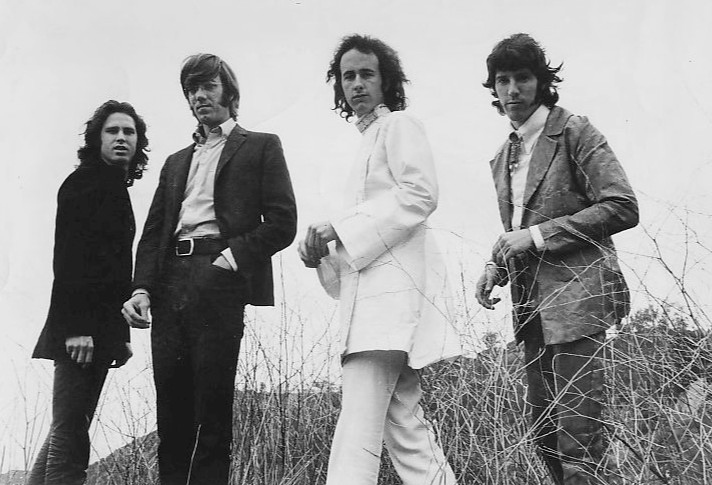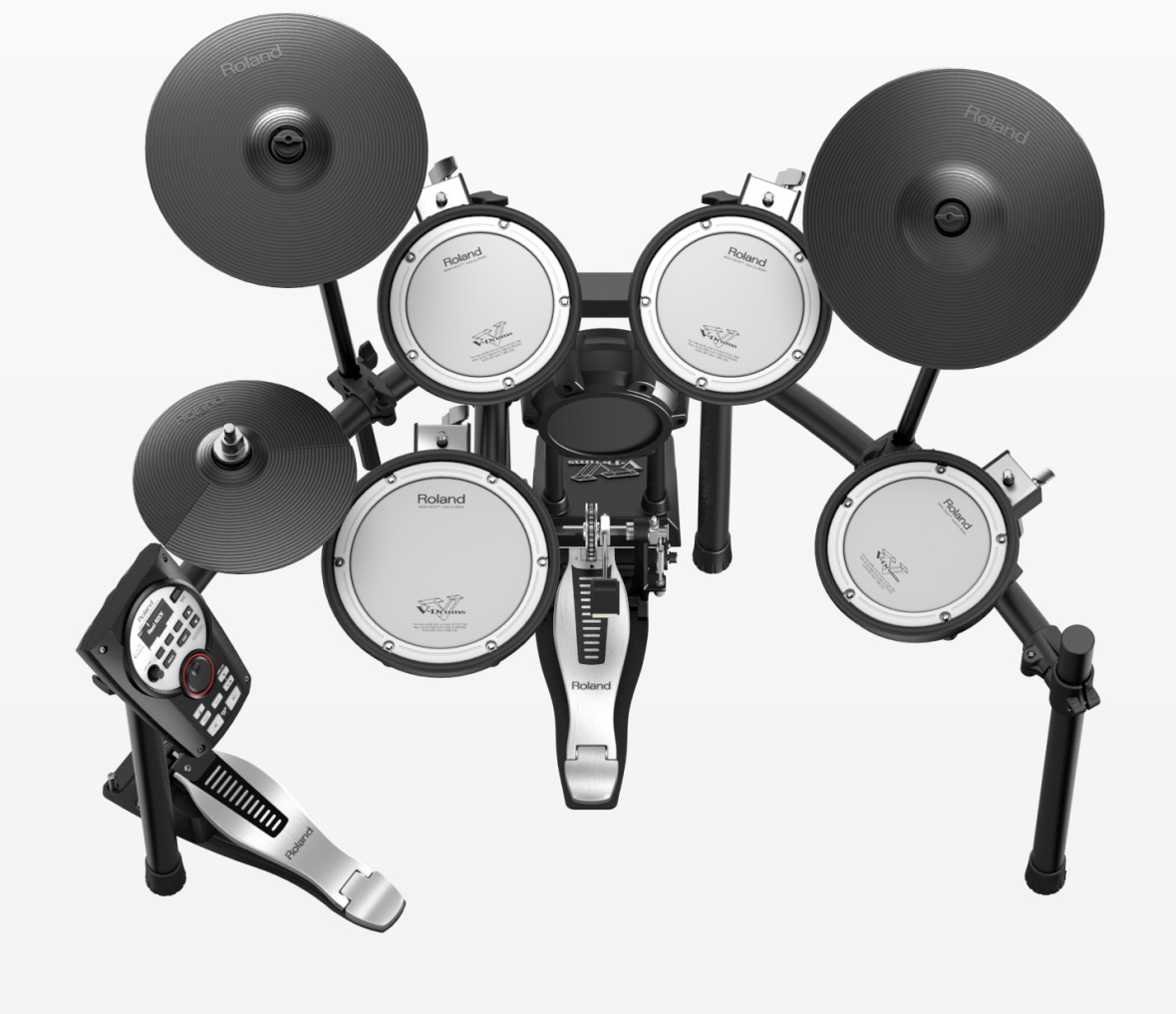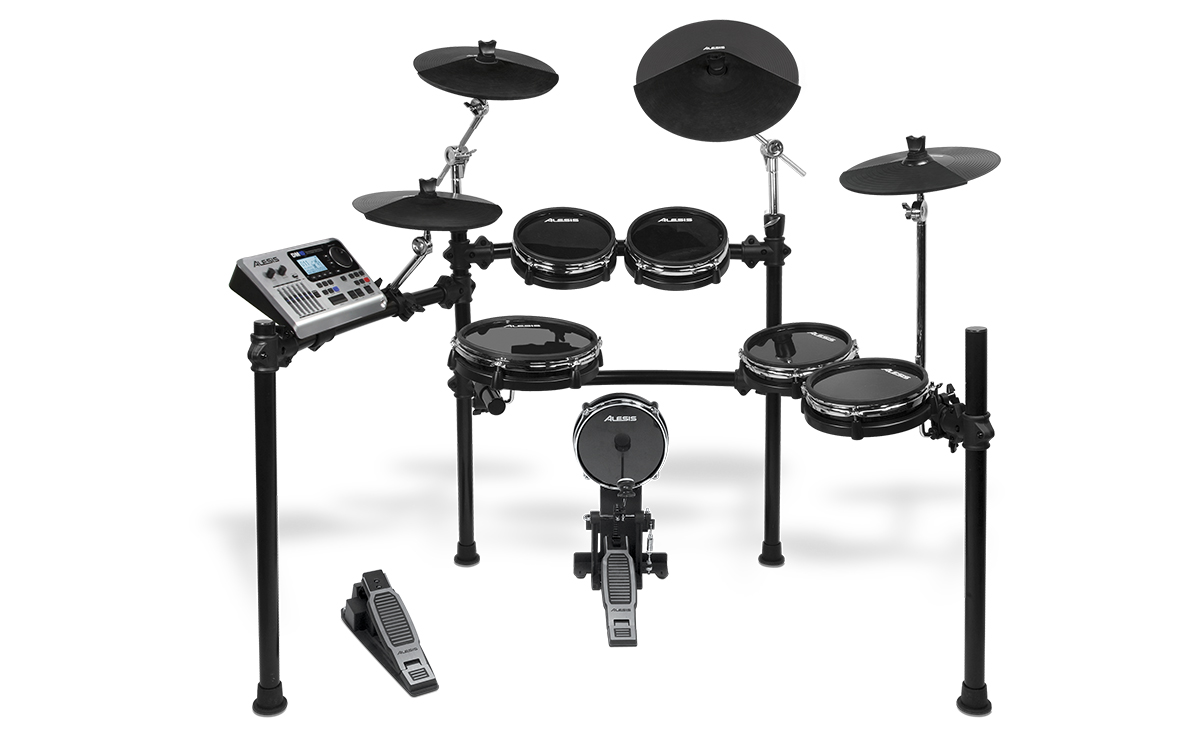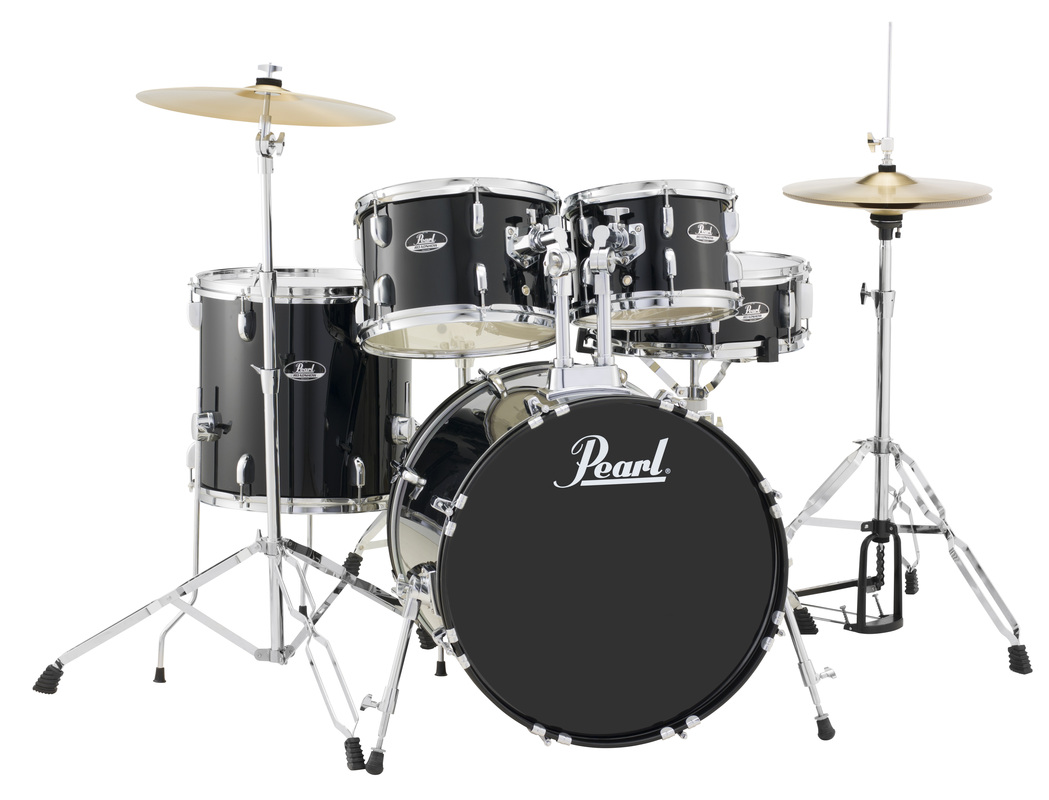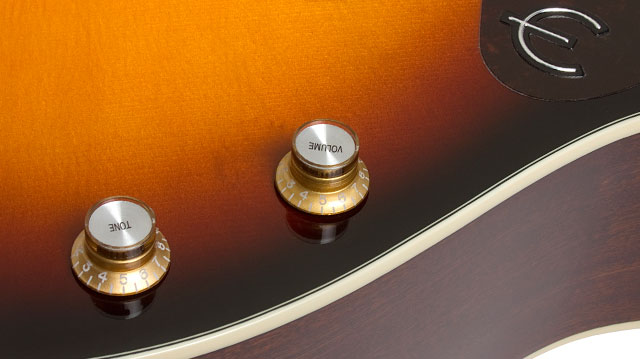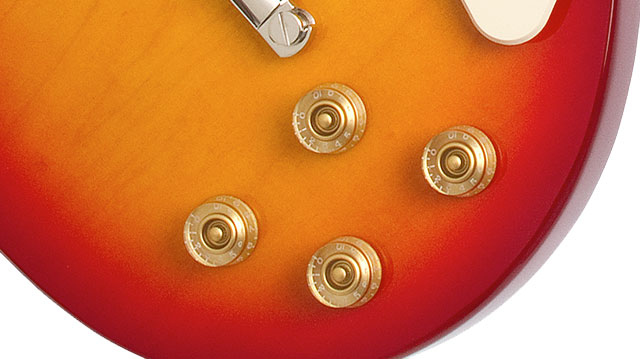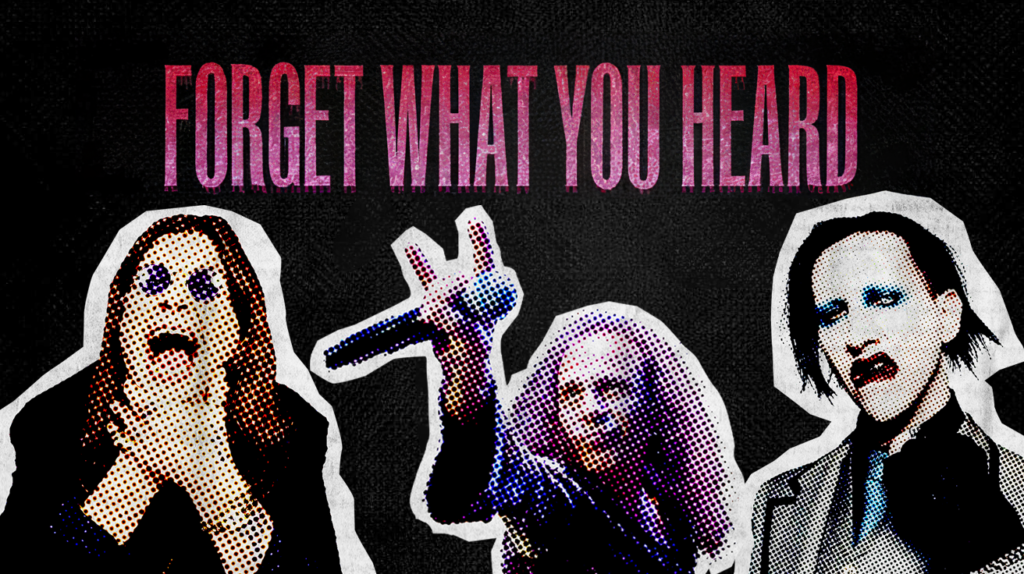
For decades, metal fans have faced harsh judgments based on their musical taste alone. Parents worry, employers hesitate, and communities sometimes push back against metal’s presence. Yet beneath the surface lies a culture where 37% hold professional careers and 28% have advanced degrees. These passionate music lovers have built vibrant scenes from South American rainforests to Southeast Asian cities.
Here are 15 persistent myths about heavy metal that research finally puts to rest.
15. Metal Encourages Criminal Behaviour

Decades of sociological research from 1985-2023 have systematically dismantled myths about metal and criminal behavior. In a groundbreaking study spanning 47 cities, researchers discovered metal fans exhibited 18% lower arrest rates than average citizens. This finding gained further support when a landmark 2022 behavioral analysis following 15,000 participants revealed metal enthusiasts’ exceptional commitment to community values.
14. Metal Fans are Violent or Aggressive

A quarter-century of psychological research shatters the stereotype of the violent metal fan. While the music pulses with intensity, security data from 2,500 venues demonstrates metal events experience 42% fewer violent incidents than their musical counterparts. More intriguingly, laboratory studies measuring stress hormones reveal metal listeners achieve 23% greater relaxation through their chosen genre.
13. Metal Music is Just Noise

Beneath its powerful exterior, metal music contains 1,200 distinct harmonics, creating sophisticated musical tapestries that surpass most contemporary genres. Professional musicians recognize this complexity, with 89% of metal guitarists achieving advanced theoretical understanding to master their craft. In recording studios, metal productions harness twice the frequency range of conventional popular music.
12. Metal Promotes Satanism
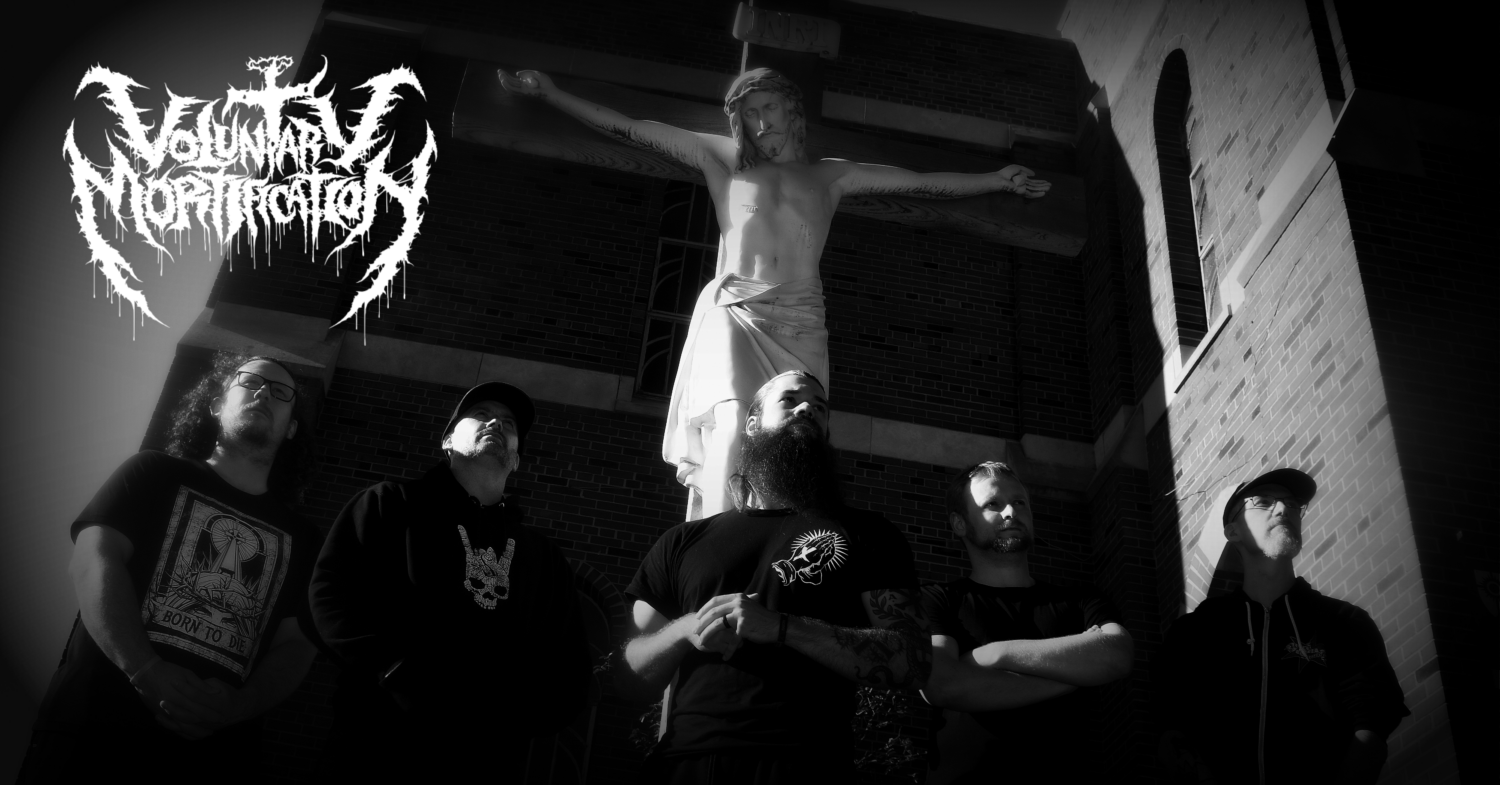
When examining 3,500 metal songs, researchers found religious themes present in merely 2.3% of lyrics. This insight aligns with long-term studies tracking 72,000 metal fans across three decades, revealing no connection between musical taste and spiritual beliefs. Much of metal’s controversial imagery actually draws from 18th century romantic and gothic artistic traditions.
11. Ozzy Osbourne And The Bat Incident

During a fateful 1982 Des Moines concert, an unplanned moment shaped metal history forever. When a fan hurled a bat onstage, Ozzy Osbourne mistook it for a rubber prop, leading to 14 rabies shots in the aftermath. The Des Moines Register’s coverage ignited a media firestorm, spreading to 42 news outlets within 48 hours. This singular incident transformed concert security protocols across the metal landscape. Care to find out more about controversies that have surrounded other musicians? Here’s our list of 25 of the most controversial musicians in music hist
10. Marilyn Manson’s Ribs

The genesis of metal’s most enduring urban legend emerged from a modest Milwaukee fan newsletter in 1995. As early internet forums buzzed with speculation, the anatomically impossible rib removal story spread rapidly across 23 countries. While meticulous analysis of 1,200 concert performances between 1995-1999 thoroughly debunked the myth, it remains deeply embedded in metal culture.
9. The Elderly Metalheads Who Escaped

What began as playful satire about German seniors breaking free to attend Wacken Open Air quickly spiraled into viral sensation. Before fact-checkers could intervene, the tale had amassed 2.3 million shares across social platforms. Instead of escapees, the festival celebrated its oldest legitimate attendee, 92-year-old Johann Weber, whose presence exemplified metal’s authentic cross-generational appeal.
8. Grunge Did Not Kill Metal

Far from fading during grunge’s ascendancy, metal’s popularity surged 12% at the height of 1992’s alternative revolution. Throughout this period, 84 metal albums achieved Gold status, defying predictions of the genre’s decline. The era’s creative tension sparked remarkable innovation, particularly in Scandinavia, where 27 groundbreaking bands emerged to reshape metal’s boundaries.
7. Metallica’s Lawsuit Against Napster

The digital revolution collided with metal history in April 2000 when Metallica challenged Napster’s practices. A forensic investigation revealed 335,435 users accessing their catalog over a single weekend, with unauthorized downloads valued at $26.1 million. This watershed moment fundamentally reshaped how digital platforms handle music distribution.
6. The Reality Of Metal Musicians’ Wealth

Behind the theatrical facades and elaborate stage shows lies a sobering financial reality: only 2% of metal musicians earn their living solely through music. Modern touring drains $3,500 weekly from mid-level bands, while studio time commands $850 daily. To sustain their art, 68% of metal musicians balance creative pursuits with steady employment.
5. Metal Music Is More Than Just Screaming

Beneath its aggressive exterior, metal music weaves intricate musical tapestries, featuring 4.8 time signature changes per average composition. This complexity has earned the genre serious academic attention, with 71 metal albums now studied in prestigious conservatories. Detailed analysis reveals 237 classical techniques seamlessly integrated into modern metal arrangements.
4. Heavy Metal Is For Everyone
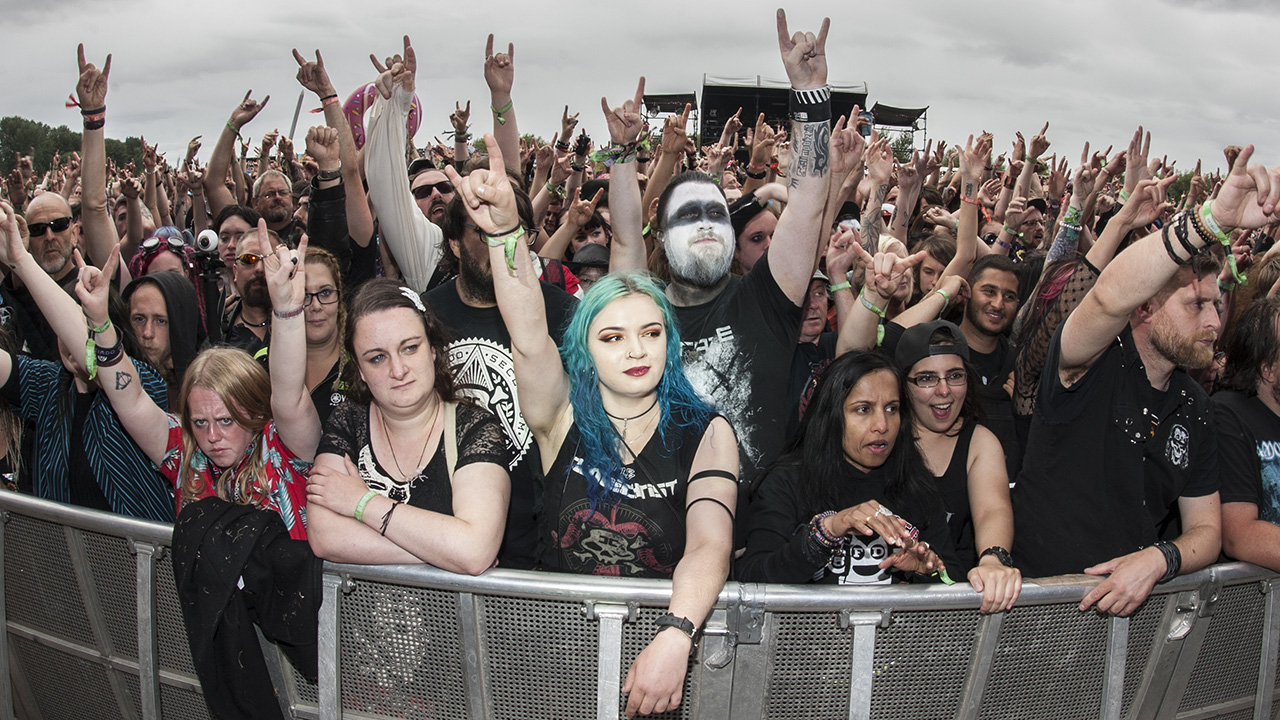
Today’s metal festivals showcase a stunning convergence of 72 nationalities at typical European gatherings. The genre’s evolving demographics shine through as women lead 43% of newly formed bands since 2020. Metal’s global reach now spans 118 countries, with vibrant scenes emerging from South American rainforests to Southeast Asian metropolises.
3. Metal Concerts Are Not Always Dangerous

Contemporary metal shows actually boast 32% fewer incidents than other musical genres. Rigorous security protocols surpass industry standards at 89% of venues, creating controlled environments for passionate expression. While intensity defines these gatherings, 78% of medical reports cite simple dehydration as the primary concern.
2. Metalheads Are Not Scary

Modern research shatters long-held stereotypes, revealing metal enthusiasts score 23% higher in emotional intelligence than other music fans. Within the community, 37% of adherents pursue professional or academic careers. Perhaps most surprisingly, 28% hold advanced degrees, challenging conventional assumptions about metal’s audience.
1. The Origin Of The Devil Horns

When Ronnie James Dio joined Black Sabbath in 1979, he introduced a gesture that would become metal’s universal symbol. Though rooted in 8th century Mediterranean traditions, concert photography confirms zero appearances of the horns before Dio’s arrival. Today, this powerful symbol unites 156 distinct metal scenes worldwide, transcending its ancient protective origins.










